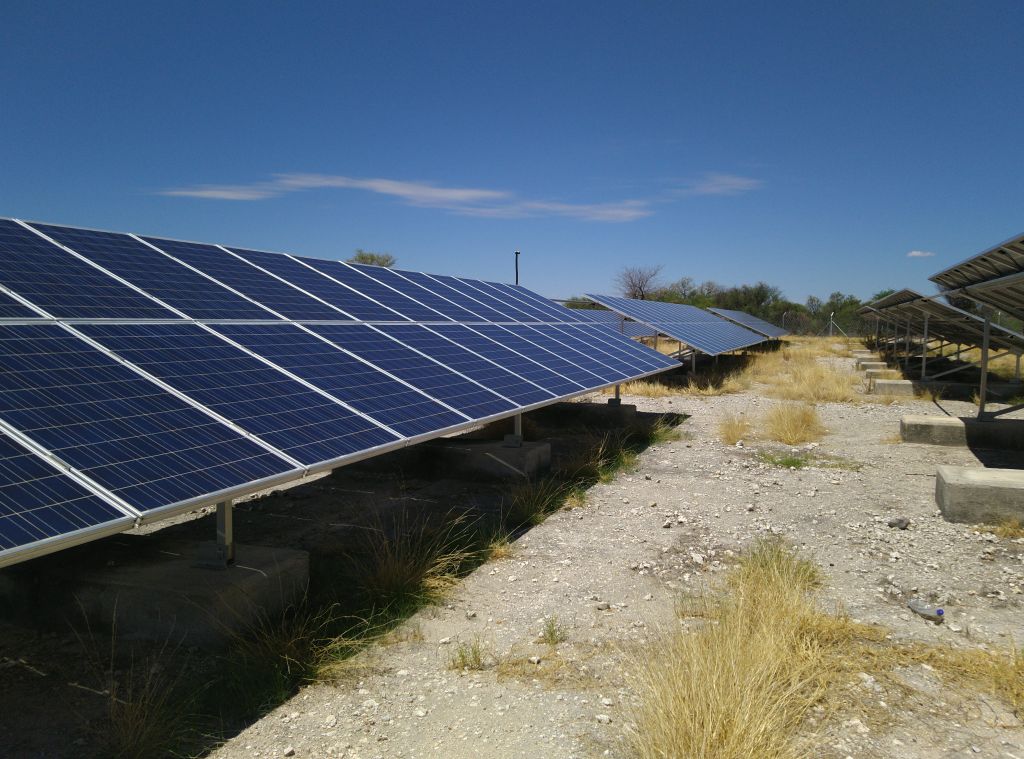Samuli Honkapuro
Samuli.honkapuro@lut.fi
Electrification in most of the western countries started at the end of the 19th century. Primary driver was electrification of the industry sites, and electrification of the whole society expanded from industrial sites towards cities, and during 20th century also to rural areas. Electrification by the expansion of the grid was driven by the economy of scale in centralized generation.
However, the cost of the distributed renewable generation has decreased drastically in 21st century. At the moment, solar power is the lowest cost generation type in the areas close to equator, while in the boreal area lowest cost is achieved by wind power. Hence, economy of the scale is no more evident in the power sector. As the cost of the battery energy storages have also decreased radically, offgrid micro- and nanogrids are feasible options for electricity supply, especially in the areas with abundant sunshine.
When seeking the solutions for electrification of the rural areas in Africa, it might not be the best option to follow the process taken place over 100 years ago in Europe and North America but consider decentralized solution. Wireless communication has replaced wired technologies in connectivity solutions, and a bit similar development is taking place in electrification. Although low voltage power lines are still needed as a last-mile solution, there are feasible alternatives for building high-voltage transmission lines.
